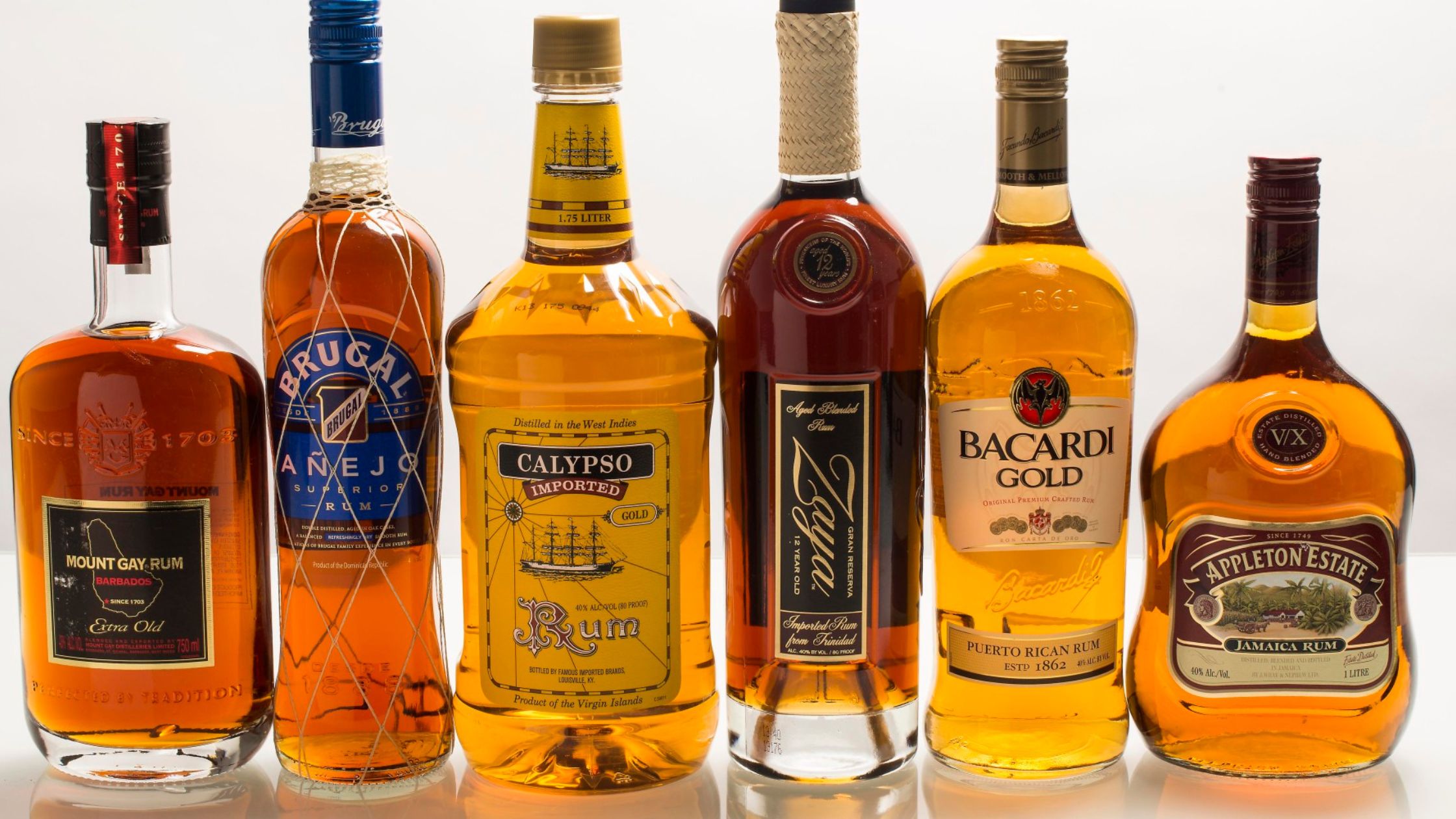Best Liquor Under ₹10,000 for a Perfect New Year 2026 Party
2025-12-05


Ask ten people, and you will get twelve answers. Rum is a wide-ranging, diverse spirit. Sometimes it's sweet, sometimes it's earthy, and other times it's funky enough to raise your eyebrows. But defining rum is more complicated than referring to a single global rule.
Instead, rum is better understood in relation to how it is made, which always begins with one raw material: sugarcane. At that point it can easily branch out depending on the sweet, the place, the process, and the style of the maker.
Let's walk through the entire process, from green cane stalks to the spiced bottle in your bar cabinet.
Rum is made from sugarcane or one of its by-products. Depending on the country or style, distillers may use:
| Raw Material | Description |
| Sugarcane Juice | Freshly pressed juice, used for rhum agricole (Martinique, Guadeloupe) and cachaça (Brazil). |
| Sugarcane Syrup | A thick, sweet concentrate made by evaporating cane juice. |
| Molasses | The dark, sticky by-product after crystallizing sugar—used in most traditional rums worldwide. |
| Cane Sugar | Less common, but occasionally used by distillers with limited access to other materials. |
Fun fact: The quality of molasses used in rum-making has changed over time as sugar refining gets more efficient. Less sugar left behind = less flavor-rich molasses for rum.
Here is where the sugar source is starting to be converted into alcohol. And just like sourdough, or natural wine, yeast matter and fermentation length can affect the final outcome significantly.
How it works:
You might hear about dunder and muck if you’re into Jamaican rums:
Takeaway: Fermentation isn't just about alcohol. It's where a rum's personality starts taking shape.

Now we need to separate alcohol from everything else. Distillers use different stills to do this, and the type of still plays a huge role in the style of rum created.
| Still Type | Characteristics | Common Regions |
| Pot Still | Batch process, lower proof, richer and more flavourful | Jamaica, Barbados |
| Column Still | Continuous distillation, higher proof, lighter profile | Puerto Rico, French Caribbean |
| Hybrid Still | Combination of both | Modern distilleries experimenting with range |
Some distilleries, like Diamond Distillery in Guyana, even use wooden stills, which interact with the rum to create unique, robust aromas.
Pot still arrangements often utilize retorts—copper vessels filled with leftover distillate to push up ABV and increase complexity. The use of retort size and charge can change the amount of "reflux" (a.k.a. flavour recycling) that occurs.
Distillation isn't just extraction—it's crafting. Every choice adds or subtracts something from the final spirit.
Some rums are unaged, especially white or agricole styles. But others rest in barrels for years, soaking up colour, oxygen, and character from the wood.
Even the best single barrel isn’t always enough. That’s why blending is crucial in rum production. It allows brands to:
Example: A distillery may blend short-fermented column still rum with long-fermented pot still rum to create a layered experience.
Blending is where rum becomes more than the sum of its parts.
Dark doesn’t always mean old. Many producers use caramel coloring to give a rum that rich look—even if it’s barely aged. Some do it for consistency across batches.
Don’t judge a rum by its color. Always check if the color is natural or added.
Some rums have sugar added after distillation. It’s controversial, but not always bad:
Spiced rums are hugely popular and often include
But according to EU regulations, flavoured rums technically aren’t “rum.” That’s why some bottles say “spirit drink” instead.
Despite the rum world’s wild reputation, regulations do exist—just not globally unified ones.
| Region | Rule Highlights |
| Jamaica | Must use limestone-filtered water, no added flavoring, and copper stills required |
| Martinique | Rhum agricole must be from fresh juice, natural yeast, column stills only |
| EU | Rum must be from sugarcane by-products, distilled under 96% ABV, no added flavor. |
| USA | Allows a wide range of sugarcane inputs; rum must be distilled under 95% ABV, bottled at 40% or more |
Some countries, like Barbados, are working on their own Geographical Indication (GI) to protect their style and heritage.

Rum is more than a mere mixer for your mojito or a beach drink. Rum represents not only centuries of culture, colonization, creativity, and craftsmanship; it conveys a different story with every bottle. Certainly, each bottle can tell a story, some tales loud, some quiet, but certainly each is worth listening to.
If you're new to rum, don’t get bogged down by labels, colors, or categories. Start by asking questions like
That curiosity alone puts you ahead of 90% of rum drinkers.
Remember: Rum doesn’t need to follow one rulebook—and that’s what makes it so fun, so frustrating, and so fascinating.
So whether you’re a social sipper, a bartender obsessively examining esters, or simply rum-curious, there’s always more to learn.
Now go grab a glass, pick a bottle with a good story, and taste what 400 years of rum-making actually tastes like.
Read also: Top 10 Rum Brands Under Rs.1000 in India (2025 Edition)